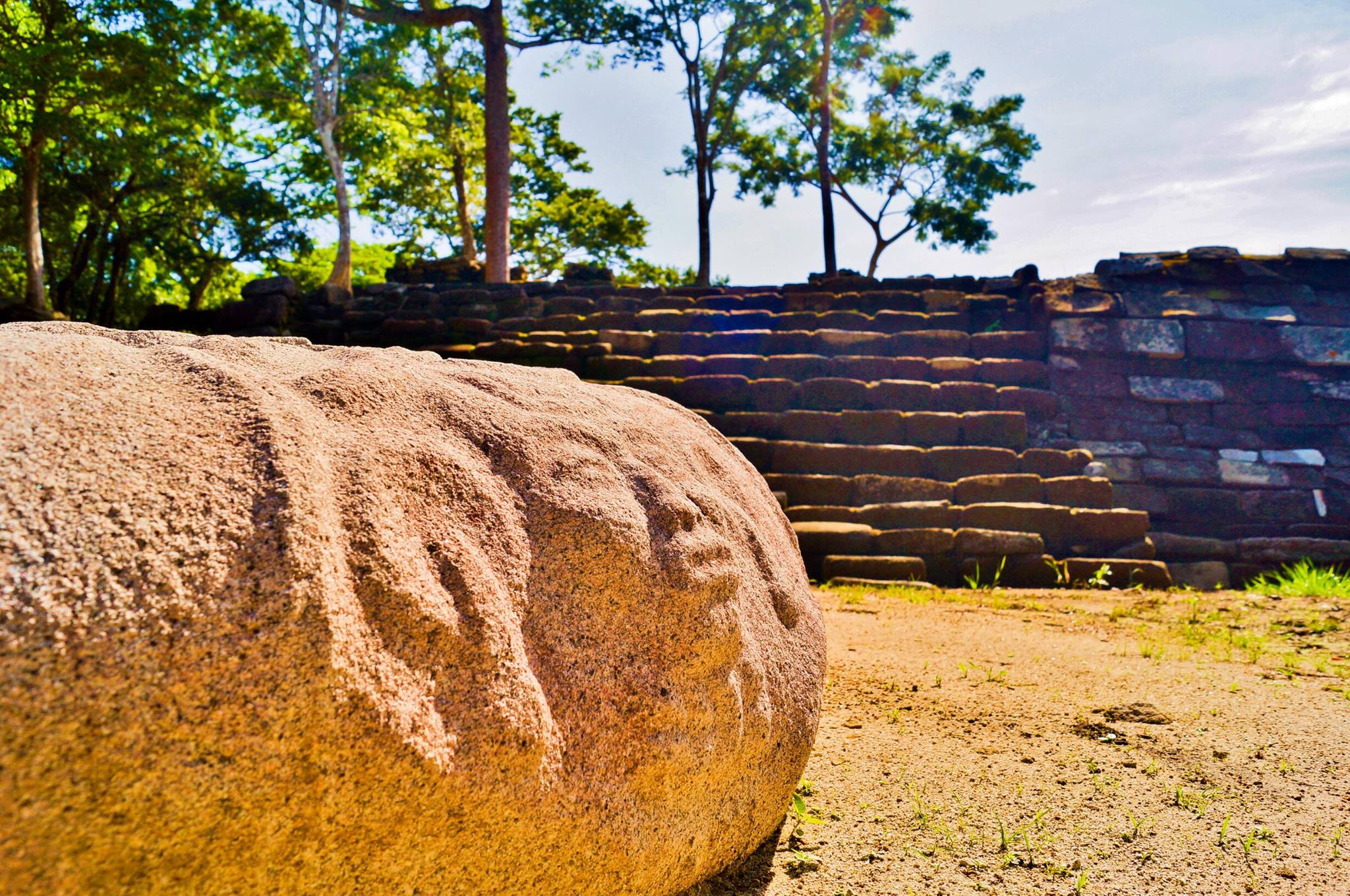Iglesia Vieja Archaeological Site
The Megalithic Secret of Chiapas

If you're looking for a different kind of destination on your next trip through Chiapas, be sure to check out the Iglesia Vieja archaeological site, just 4 km north of Tonalá. This place is not only impressive for its history but also for its truly unique architecture—massive stone blocks up to 3 meters long and weighing more than 2 tons. It’s something you simply won’t see anywhere else in Mesoamerica.
This site played a key role in its time: a kind of meeting point between the southern Maya cultures, the Mesoamerican highlands, and the central depression of Chiapas. It was a strategic hub along ancient trade routes over 2,000 years ago.
The name Iglesia Vieja (“Old Church”) comes from the belief that the large platform of the main building (B-1) once served as the base of an old colonial church.
Today, this archaeological site preserves more than 30 sculpted monuments with stunning designs. You'll find serpents, human faces, fantastical creatures, and figures carved in an Olmec-like style. One of the main highlights is a 95-meter-wide pyramid, part of the so-called Group B, decorated with petroglyphs of Venus’s ancient symbol—a cross. You’ll also see the famous Altar of the Four Faces, El Sapodillo, The Water God, The Snail, The Crocodile, and many more fascinating sculptures.
Iglesia Vieja is a place where the best of several civilizations came together: Olmecs, Zapotecs, Mixtecs, and Mayas. The city was so influential that, at its peak, it dominated the entire region of Tonalá, Pijijiapan, and Arriaga. Its heyday was between 400 BC and 600 AD, especially during the Early Classic Period (250–450 AD).
With its vast plazas, well-preserved buildings, and monumental style unlike any other, Iglesia Vieja is a paradise for archaeology lovers… and for anyone chasing the perfect epic photo!
So now you know—if you’re into ancient history with a touch of mystery, colossal stonework, and breathtaking views, Iglesia Vieja is waiting for you.
The layout of its structures, the openness of its plazas, and the remarkably well-preserved construction techniques make Iglesia Vieja one of the most special archaeological sites in Mexico.